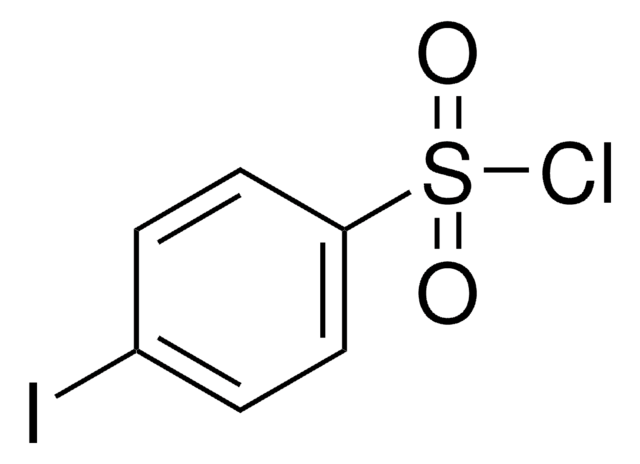252549
Formaldeide
ACS reagent, 37 wt. % in H2O, contains 10-15% Methanol as stabilizer (to prevent polymerization)
Sinonimo/i:
Formalina
About This Item
Prodotti consigliati
Grado
ACS reagent
Livello qualitativo
Densità del vapore
1.03 (vs air)
Tensione di vapore
52 mmHg ( 37 °C)
52 mmHg ( 37 °C)
Forma fisica
liquid
Temp. autoaccensione
572 °F
contiene
10-15% Methanol as stabilizer (to prevent polymerization)
Concentrazione
36.5-38.0%
37 wt. % in H2O
Impurezze
≤0.006 meq/g Titr. acid
Residuo alla calcinazione
≤0.005%
Colore
APHA: ≤10
Indice di rifrazione
n20/D 1.3765
Densità
1.09 g/mL at 25 °C (lit.)
Anioni in tracce
chloride (Cl-): ≤5 ppm
sulfate (SO42-): ≤0.002%
Cationi in tracce
Fe: ≤5 ppm
heavy metals: ≤5 ppm (by ICP-OES)
Compatibilità
suitable for manufacturing use (Laboratory chemicals)
Stringa SMILE
[H]C([H])=O
InChI
1S/CH2O/c1-2/h1H2
WSFSSNUMVMOOMR-UHFFFAOYSA-N
Cerchi prodotti simili? Visita Guida al confronto tra prodotti
Categorie correlate
Descrizione generale
Applicazioni
Stato fisico
Comunemente ordinati con questo prodotto
Avvertenze
Danger
Indicazioni di pericolo
Classi di pericolo
Acute Tox. 2 Inhalation - Acute Tox. 3 Dermal - Acute Tox. 3 Oral - Carc. 1B - Eye Dam. 1 - Flam. Liq. 3 - Muta. 2 - Skin Corr. 1B - Skin Sens. 1 - STOT SE 1 - STOT SE 3
Organi bersaglio
Eyes,Central nervous system, Respiratory system
Codice della classe di stoccaggio
3 - Flammable liquids
Classe di pericolosità dell'acqua (WGK)
WGK 3
Punto d’infiammabilità (°F)
132.8 °F - closed cup
Punto d’infiammabilità (°C)
56 °C - closed cup
Choose from one of the most recent versions:
Possiedi già questo prodotto?
I documenti relativi ai prodotti acquistati recentemente sono disponibili nell’Archivio dei documenti.
I clienti hanno visto anche
Il team dei nostri ricercatori vanta grande esperienza in tutte le aree della ricerca quali Life Science, scienza dei materiali, sintesi chimica, cromatografia, discipline analitiche, ecc..
Contatta l'Assistenza Tecnica.











